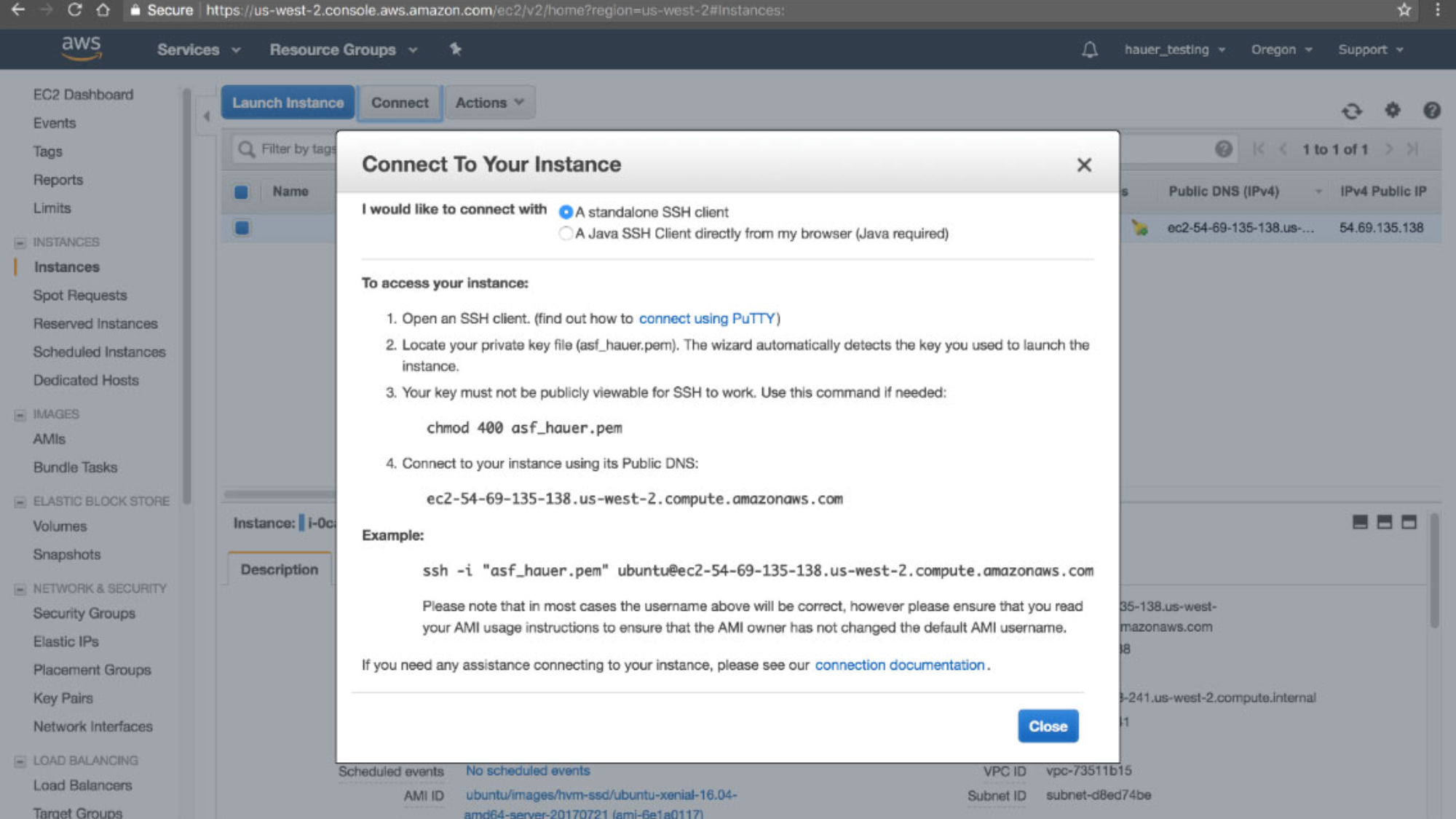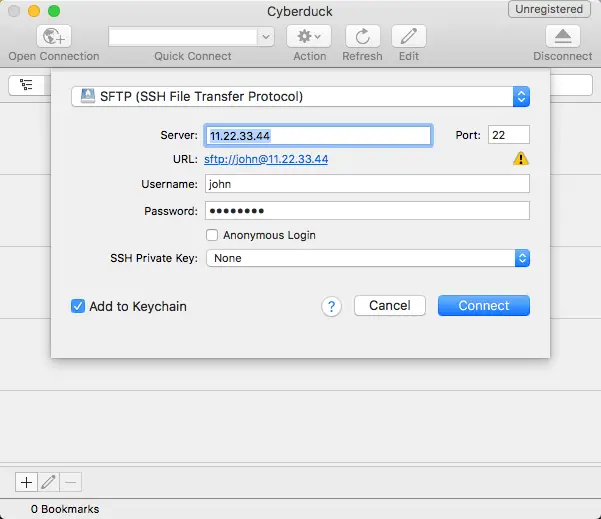

This article covers how to set up and use an SSH client on Windows, Mac, and Linux computers. If I could downgrade to Mojave I would do it in a heartbeat. Secure Shell (SSH) provides a secure way for you to access your account from the command line. IS there a way to disable, or at least modify, the built-in LaunchAgents? My actual goal here isn't so much to stop ssh-agent from running, what I really need is for the SSH_AUTH_SOCK variable to NOT be created, so I can set up a per-user LaunchAgent which sets this variable to the value I need.Īlso, the only reason I'm using Catalina is because this is a MacBook Pro 16". It's like something in the Catalina boot process is forcibly re-enabling anything I try to disable. Neither of these have any effect, and in fact after rebooting, "sudo launchctl print-disabled user/0" shows an empty list. Running "sudo launchctl print-disabled user/0" after this shows that "-agent" is on the list. Running "sudo launchctl disable user/0/-agent" while SIP is disabled.

#HOW TO RUN SSH ON MAC MAC OS X#
Note that regardless of whether you turn SSH off or enable SSH from the command line, the setting in the Remote Registration System settings panel in the Mac OS X interface changes to match the change.In previous macOS versions, I was able to make the system run gpg-agent instead of ssh-agent, so I could use the SSH secret keys stored on a Yubikey. Similarly, you can also use -f to bypass all queries about enabling SSH. Turn off the sudo systemsetup -f setemotelog To avoid typing yes / no, possibly for inclusion in the installer or otherwise, you can work around the question with the -f flag as follows: Once the config file is created you can run kinit. When you run the command successfully, you will be asked, “Do you really want to disable the remote account? If you do, you will lose this connection and can only restart it locally on the server (yes / no)?” and also disconnects all active SSH connections to that Mac. The Mac Self-Service has an action item called kerberos config file new in the category Configuration. Once again, sudo is needed to disable SSH and disable ssh and sftp servers. To disable SSH servers from the command line and thus block remote connections, just turn ‘on’ to ‘off’ with the system settings flag set as follows: Disable SSH on Mac OS using System Preferences
#HOW TO RUN SSH ON MAC FULL#
Ssh connected, the user will have remote access to the computer via the command line, and if they have an administrator account or an administrator password, they would also have full remote control. Once ssh is enabled, any user account or person with Login on the current Mac can access it remotely with an ssh command assigned to the Mac’s IP address, such as:

And yes, using the setremotelogin applies to enabling both ssh and sftp servers on a Mac. There is no confirmation or message that remote login and SSH are enabled, but you can use the -getmorelogin flag above to check and verify that the SSH server is actually running. Sudo is necessary because the systemsetup command requires administrator privileges, just like when you enable Remote Login from Mac’s Sharing settings to enable secure shell servers.


 0 kommentar(er)
0 kommentar(er)
